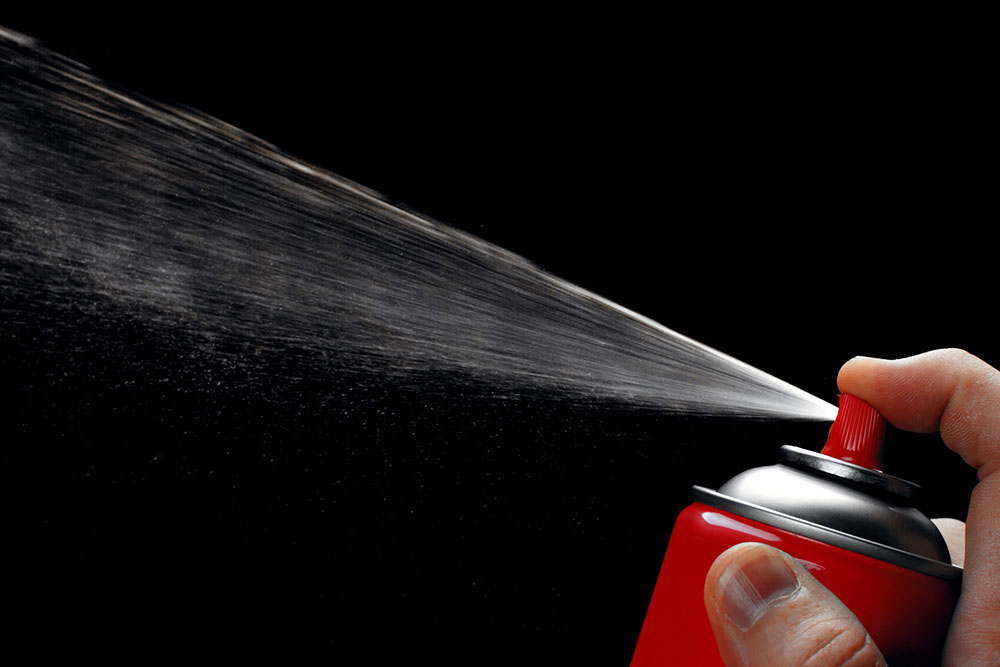7 household items that can harm one’s lungs and cause COPD

Chronic obstructive pulmonary disease (COPD) is a term used to describe a group of respiratory conditions like chronic bronchitis, emphysema, and lung inflammation. It leads to breathing difficulty, excess phlegm, wheezing, cough, chest pain, and other symptoms. While many know that external pollutants can trigger COPD, the risks in the indoor environment are often overlooked. Here are seven common household items that may harm the lungs and contribute to the development or worsening of COPD.
Air fresheners
While air fresheners are designed to enhance indoor air quality, they often contain volatile organic compounds (VOCs) and other chemicals that can irritate the lungs and throat. Continuous exposure to these elements may cause or worsen COPD symptoms.
Cleaning products
Many cleaning products like detergents, furniture polish, and dishwasher liquid contain ammonia, chlorine, bleach, and other harsh chemicals and irritants. These elements are known to trigger COPD symptoms when inhaled. Instead of buying harmful commercial products, individuals can use kitchen ingredients for cleaning. For instance, one can use baking soda for scrubbing and diluted vinegar for cleaning glass. Alternatively, individuals can reach for organic alternatives at the store.
Paints and solvents
The fumes released by paints and solvents can be detrimental to lung health. Therefore, homeowners undertaking painting or home improvement projects should ensure proper ventilation to minimize the risk of inhaling these fumes.
Wood-burning stoves and fireplaces
Fireplaces and stoves provide comfort and warmth during winter. However, wood-burning setups emit tiny particles that can irritate the respiratory system. So, one should be cautious about exposure to these particles.
Fragrance-infused products
Scented candles, incense sticks, soaps, and perfumes usually use artificial fragrances. They have harmful chemicals that can irritate one’s lungs and worsen COPD. So, those suffering from this condition should be cautious when using fragrance-infused products.
Unclean carpets, rugs, and bedding
Carpet, rugs, bedding, and feather pillows can become breeding grounds for COPD allergens like dust mites or even roaches. To avoid exposure to these allergens, one should wash carpets and rugs regularly and use clean covers for bedding.
Pesticides
Pesticides help control pests in and around the house. However, they contain chemicals that can pose severe threats to respiratory health and cause diseases like asthma and COPD. Therefore, individuals should wear masks or avoid prolonged exposure to pesticides.
Besides avoiding the products discussed above, individuals should clean the air filters in their heating, ventilation, and air conditioning (HVAC) systems, as they are often laden with dust and pollen. One can also get an air purifier to keep the surroundings COPD-friendly.

